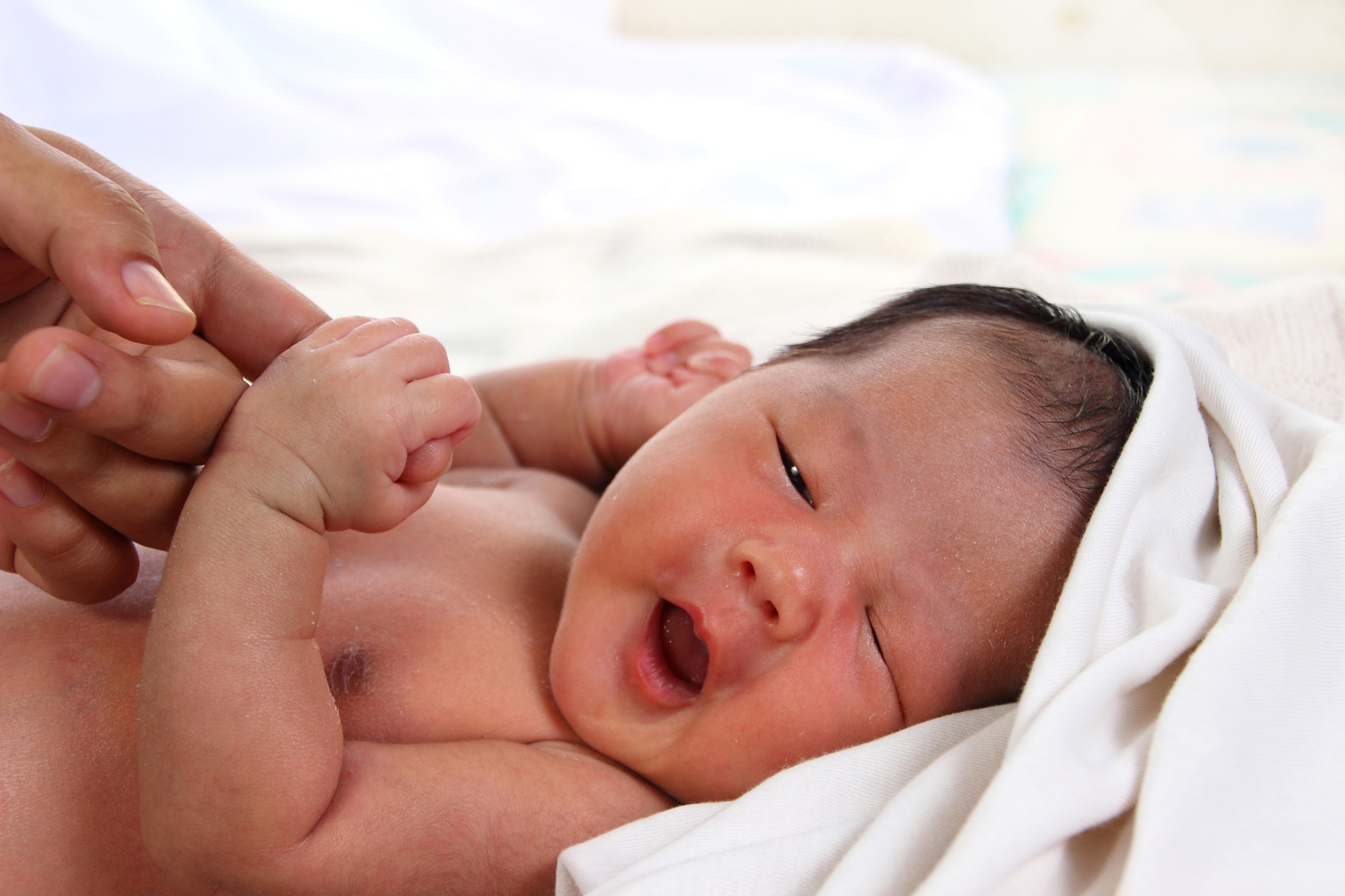It was back in 2005 when we first reported on studies which demonstrated an increased risk of “poor neonatal adaptation” in infants with prenatal exposure to selective serotonin reuptake inhibitor (SSRI) antidepressants in late pregnancy. Since that time, reports consistently indicate that about 25%-30% of infants exposed to SSRIs late in pregnancy manifest symptoms of poor neonatal adaptation. The most commonly observed symptoms include jitteriness, restlessness, irritability, increased muscle tone, and rapid breathing. These symptoms are transient and resolve spontaneously with no specific medical intervention.
But exactly what causes poor neonatal adaptation (PNA) in these infants is not fully understood. While these symptoms may represent serotonergic withdrawal symptoms similar to those seen in adults after abruptly discontinuing SSRIs, these symptoms may also signal excess serotonergic activity in the infant’s central nervous system (CNS).
Further complicating the picture is the fact that few studies have attempted to parse out the relative contributions of other factors on neonatal outcomes. We know from older studies that depressive symptoms and anxiety, even in the absence of medication exposure, increase the risk of adverse outcomes, such as preterm birth, lower birth weight, and lower Apgar scores. Depression in pregnancy may also be associated with other factors that may negatively affect neonatal outcomes, including smoking, substance abuse, insufficient prenatal care, and increased levels of psychosocial stressors. In most studies of PNA, it is difficult to differentiate between the effects of medication exposure from the effects of the underlying disorder and other exposures.
Adding to our understanding of poor neonatal adaptation are several recent studies which have looked at the impact of serotonin metabolism, cortisol levels and maternal psychiatric illness on risk for poor neonatal adaptation in infants exposed to serotonergic antidepressants.
In the first study, researchers assessed infants exposed to serotonergic antidepressants for at least the last 2 weeks of pregnancy (n=63) who were admitted to the neonatal care unit (NCU) and compared them to infants who were not exposed to psychotropic medications but were admitted to the NICU for another reason (n=126). Urine samples were collected from the infants, and levels of 5-hydroxyindoleacetic acid (5-HIAA) were assessed. 5-HIAA is a metabolite of serotonin and gives an approximation of serotonin levels (which are increased by SSRIs and other serotonergic antidepressants).
5-HIAA levels were compared in three groups: antidepressant-exposed infants who developed PNA, antidepressant-exposed infants who did not develop PNA and control infants. The course of 5-HIAA levels over the first 3 days postpartum differed between antidepressant-exposed infants with and without poor neonatal adaptation, such that infants with PNA had higher 5-HIAA levels on day 1. Based on these findings, the researchers concluded that a transient disturbance of the neonatal serotonergic system may play a role in the etiology of PNA. This finding suggests that PNA may be attributed to both increased serotonergic activity and serotonergic withdrawal. However, they found that other factors also modulated risk for poor neonatal adaptation. In this study, they observed that PNA were more common in women reporting higher levels of psychological distress.
In another report, the same group of researchers explored the role of cortisol in poor neonatal adaptation. Previous studies have suggested that dysregulation of the hypothalamic-pituitary-adrenal (HPA) axis may contribute to the etiology of poor neonatal adaptation, based on the finding that infants born to women with untreated depression and/or anxiety, but with no exposure to antidepressants during pregnancy, also exhibit symptoms of poor neonatal adaptation.
Analyzing data from the same cohort of infants as in the first study, the researchers measured hair cortisol levels of infants exposed and not exposed to antidepressants during pregnancy. In contrast to blood cortisol levels, hair cortisol levels represent the mean cortisol levels during the last trimester of pregnancy and therefore provide a longer term measure of exposure to stress. They found that infants with PNA had higher hair cortisol levels as compared to infants without PNA. However this difference was only statistically significant in female infants.
These results suggest that multiple factors contribute to the etiology of poor neonatal adaptation in infants prenatally exposed to serotonergic antidepressants, including transient dysregulation of the serotonergic system and increase reactivity of the HPA axis.
Ruta Nonacs, MD PhD
Kieviet N, van Keulen V, van de Ven PM, Dolman KM, Deckers M, Honig A. Serotonin and poor neonatal adaptation after antidepressant exposure in utero. Acta Neuropsychiatr. 2016 Jul 8:1-11. [Epub ahead of print]
Kieviet N, de Groot S, Noppe G, de Rijke YB, van Rossum EF, van den Akker EL, Dolman KM, Honig A. Is poor neonatal adaptation after exposure to antidepressant medication related to fetal cortisol levels? An explorative study. Early Hum Dev. 2016 Jul; 98:37-43. Epub 2016 Jun 25.
Kieviet N, Hoppenbrouwers C, Dolman KM, Berkhof J, Wennink H, Honig A. Risk factors for poor neonatal adaptation after exposure to antidepressants in utero. Acta Paediatr. 2015 Apr;104(4):384-91.






Leave A Comment